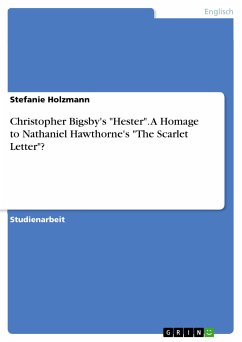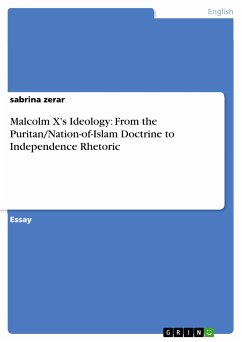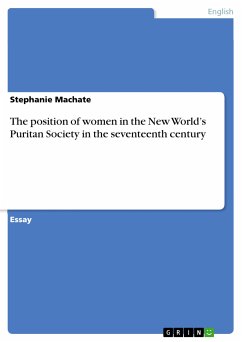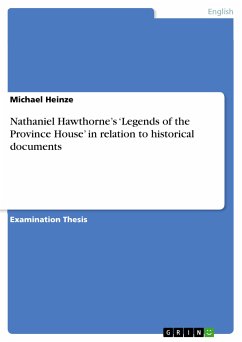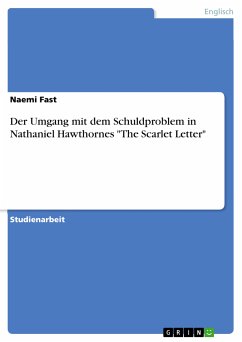Seminar paper from the year 2001 in the subject American Studies - Literature, grade: A+, University of Massachusetts - Amherst (English Department), course: American Romanicism, language: English, abstract: 1. Introduction: The descriptions of nature in Nathaniel Hawthorne’s short stories evoke an ambiguous impression. On the one hand, they occupy considerable space and therefore have to be regarded as essential parts of the story worth a close interpretation. The distinct attention for nature in Hawthorne’s work was instantly noticed by his contemporaries. A very early account is of Henry Wadsworth Longfellow, whose poem “Hawthorne” cherishes the “tender undertone” in Hawthorne’s nature descriptions.(1) On the other hand, the descriptions of nature are not really autonomous, but should rather be seen as background settings for the action. Nature, for example, provides the fitting surrounding for the protagonist who is just about to fall from grace (“Young Goodman Brown”), or it serves as a means of additional characterization (“The Gentle Boy” and “The Scarlet Letter”), or it is a realization of a moral message (“The Hollow of the Three Hills”). Consequently, nature has an emblematic function, and its description can be regarded as a possibility to express a narrator’s emotional states of various kinds, which originate in the author’s own attitude to the action of the story.(2) [...] _____ 1 Henry Wadsworth Longfellow: “Hawthorne.” In: J. D. McClatchy: Henry Wadsworth Longfellow. Poems and Other Writings. New York, 2000. p. 474-5. 2 In her analysis of nature personification in The Scarlet Letter Janice B. Daniel finds that Hawthorne’s nature descriptions serve to provide “a disembodied voice [as] an effective device which allows the narrator to have differing perspectives.” Janice B. Daniel: “’Apples of the Thoughts and Fancies’: Nature as Narrator




